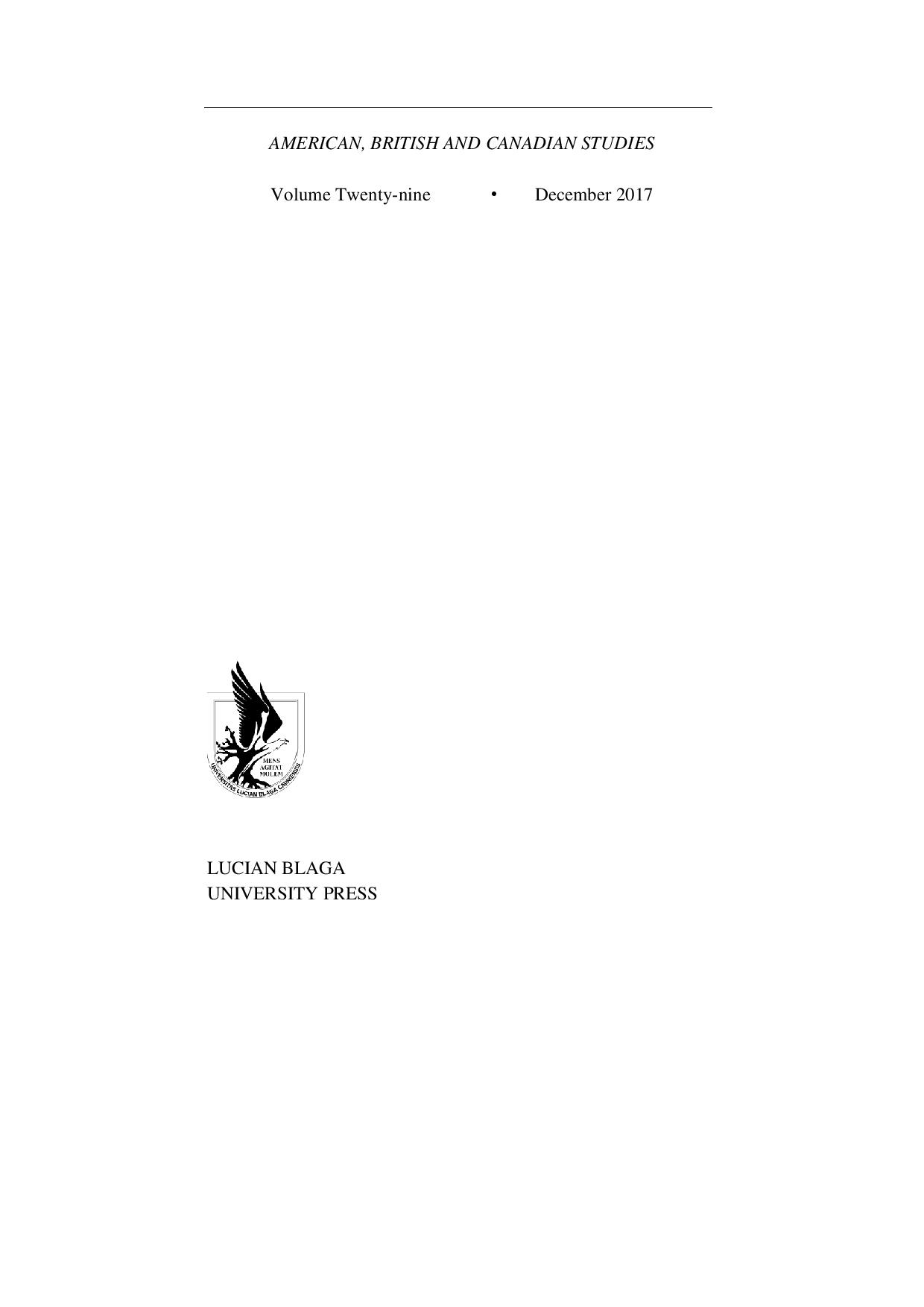The Latest Battle: Depictions of the Calormen in The Chronicles of Narnia
The Latest Battle: Depictions of the Calormen in The Chronicles of Narnia
Author(s): Howe AndrewSubject(s): Gender Studies, Fiction, Studies of Literature, Novel
Published by: Editura Universitatii LUCIAN BLAGA din Sibiu
Keywords: Literature; Fantasy; C.S. Lewis; Narnia; Islam; Christianity; Young Adult; Allegory; Redemption; Salvation;
Summary/Abstract: Two books in C.S. Lewis‟s young adult fantasy series Chronicles of Narnia – The Horse and His Boy and The Last Battle – paint an uncomfortable portrait of the Calormen, the traditional foil for the Narnians. Throughout the text, the Calormen are clearly marked both culturally and racially as Middle Eastern, perhaps specifically as Turkish or Arab in their socio-political power structure with harems, arranged marriages, and facial hair designating status. Even Tashbaan, the capital city of Calormen, reads somewhat like a description of Istanbul. Throughout these two books, the Calormen are portrayed as a sinister and conquest-driven culture threatening the freedom enjoyed by Narnia. This textual indictment is fairly consistent. In demonizing this group, Lewis took part in a literary tradition extending back hundreds of years, a tradition that has enjoyed renewed resonance with increased fears over the growth of Islam. From Sir John Mandeville to post-9/11 concerns over terrorism, western depictions of Islam have often revolved around fear and distrust. The Last Battle is particularly problematic in its allegorical depictions of Islam, as Lewis seems to suggest that salvation is only reserved for those who follow the lion Aslan, clearly marked throughout the series as a stand-in for Jesus Christ.
Journal: American, British and Canadian Studies
- Issue Year: 2017
- Issue No: 29
- Page Range: 84-102
- Page Count: 19
- Language: English
- Content File-PDF

